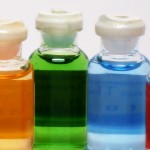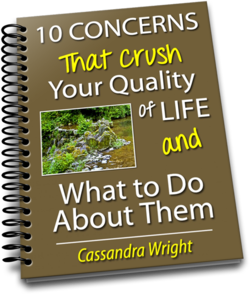We are all pretty familiar with organic food which, unlike several years ago, is more accessible today. Most grocery stores have a section of produce and prepared foods that are certified organic.
You Know About Organic Foods
You are also probably more aware of the many benefits of purchasing and eating organic foods which include:
- Not ingesting pesticide residue
- Supporting farmers who use environmentally friendly farming practices
- Improving the environment
- Eating nutrient rich foods
Additionally, each purchase of organic foods you make helps to increase demand which increases accessibility resulting in an overall improvement of the planet. The more organic items your grocer sells the more he will stock on his shelves. This will help lower costs and make more organic foods available.
More Organics?
But, do you realize that you don’t have to stop there? You can carry this healthy living mindset over into other areas of your life such as your clothing and shelter. There are alternatives to the conventional methods of manufacturing clothing and building materials.
You might wonder if it’s necessary to take it further. Well, that all depends on your goals and needs.
You might have a deep desire to contribute as much as you can to improving the environment and leaving a legacy for generations to come. Or you might need to take these additional steps for your health.
Who Benefits?
Those who would benefit from this lifestyle enhancement include those with:
• chemical sensitivities
• asthma or respiratory difficulties
• babies or young children
• a compromised immune function
• the desire to save money
• the desire to do everything they can to support a sustainable environment
Do you see yourself in any of these categories? If so, you may find great benefit in extending your pursuit of healthy choices beyond food.
Over the next few weeks, we’ll take a look at organic clothing and the benefits we can enjoy by wearing them.
This is the first in a five-part series. You can find the other posts here:
Part 2: Health Benefits of Organic Clothing
Part 3: Organic Clothing Aids Environment
Part 4: More Benefits of Organic Clothing
Part 5: Is It Or Is It Not Organic?






